Cannabinoid THC Dominant
THC 23 - 25.5%
CBD 0.24 - 0.36%
Effect Relaxed
Side Effect Headache
Flavor Spicyherbal
Purple Guava Strain
THC
CBD
Potency
Purple Guava is an evenly-balanced strain created for all lovers of hybrid beauty. The Indica/Sativa ratio is 50/50, and its THC level is pretty high, amounting to 23-25.5%. As a rule, cannabis with this potency is not recommended for first-timers. Even though the strain is not rich in CBD (0.24-0.36%), it features a list of other notable cannabinoids:
- CBC 0.27-0.33%
- CBG 0.26-0.42%
- CBN 0.07-0.14%
- THCV 0.18-0.43%
Main Aromas, Tastes, and Terpenes
The immediate smell that people notice when they start smoking Purple Guava is that of herbs and spices typical for linalool. It is not too peppery and can be an excellent alternative to more pungent strains. Also, it comes with a delicious fruity mix of apricots, grapes, and berries with tropical overtones. These yummy flavors can attract experienced smokers who are new to Purple Guava but look for sweet and juicy notes. The aroma profile is affected by limonene, myrcene, and caryophyllene.
Effects and Medical Uses
The hybrid is often chosen for its relaxing high, as unique as its fruity heaven flavor. It fills smokers with a light sense of creative energy, motivation, and arousal. After their final toke, a happy buzz will settle in the users’ heads, while euphoria and ease will spread throughout their bodies, blended with pleasant tingling sensations.
This relaxing calm is very effective for people who are susceptible to mental and mood balance problems such as:
- Stress
- Anxiety
- Depression
- Bipolar disorder
Also, the Purple Guava strain is fatigue-relieving and known to alleviate pain symptoms.
When used beyond one’s tolerance levels, the energy boost induced by this marijuana may cause:
- Headache
- Concern
- Thirst and dry mouth
- Hunger
- Dry eyes
- Insomnia
Tips for Cultivators
The Purple Guava strain is a top choice for novice growers. Similar to its aromas and effects, the weed is also beautiful in its appearance. Plants bloom in 52-62 days, forming tight spade-shaped nugs punctuated by deep purple hues and ochre hairs. In 59 days, when the flowering cycle is completed, plants are ready to yield. The indoor harvest amounts to 1-2 oz./ft2, and outdoor crops can be 10-15 oz./plant. Depending on the cultivation environment, the herbs grown inside can be 30’’-60’’, and those bred outside reach 60’’-80’’.
Side Effects
Simply let us know how this strain tastes or write a detailed review.
Purple Guava Strain Cannabinoids
| THC | Tetrahydrocannabinol, or THC, is a major cannabis chemical compound. It is a psychoactive element that stimulates dopamine release and induces euphoria or happiness. THC-rich strains may be helpful with such conditions as lack of appetite, chronic pains , etc. It is considered to be the primary active marijuana component. | 23 - 25.5% |
| CBD | Cannabidiol, or CBD, is a major compound in cannabis, which is non-psychoactive. It is also proved to counteract the side effects of the second major component THC. CBD is widely used for medicinal purposes in rubs, oils and so on. It is helpful in muscle pain cases, may treat arthritis and migraines. Even Greeks used it against pain, while Queen Victoria applied it to get rid of menstrual cramps. | 0.24 - 0.36% |
| CBC | Cannabichromene, or CBC, is a minor cannabinoid, meaning that its quantity in cannabis is quite little. Though it has the same origin as CBD and THC, it is different in functions. Without any psychoactive effects, it is an efficient cannabis compound in combating acne and depression. CBC produces analgesic, antibacterial and anti-inflammatory effects. | 0.27 - 0.33% |
| CBG | Cannabigerol, or CBG, is one of the minor cannabis compounds in adult plants. On the other hand, young ones contain a lot of this antibacterial and anti-inflammatory component. During the growth, CBG is converted into different cannabinoids, mostly THC and CBD. The compound itself increases appetite and decreases eye pressure. | 0.26 - 0.42% |
| CBN | Cannabinol, or CBN, is a trace element in cannabis that is considered to be mildly psychoactive. It appears from oxidation THC, exposed to light and heat. CBN is mostly contained in old cannabis and in traditional hashish. It is effective against insomnia, bacterial infections and appetite loss. | 0.07 - 0.14% |
| THCV | Tetrahydrocannabivarin, or THC-V, is a compound contained in cannabis in trace amounts. Even though it is close to THC molecularly, it is different in effects. This compound may be psychoactive only in large amounts. THC-V reduces blood sugar, controls appetite, stimulates bone growth, etc. African Sativa strains are the richest in THC-V. | 0.18 - 0.43% |
Purple Guava Terpene Profile
| Carene | Carene (also known as Delta-3 carene) is a terpene found in rosemary, lemons, pines, and cedars, offering citrusy and cypress aroma. Studies on mice showed that carene provides anti-inflammatory effects, as well as promotes bone health and chronic pain relief. | 0.02% |
| Pinene | Pinene is one of the most widespread terpenes in nature, found in pine trees, basil, nutmeg, parsley, and rosemary. Cannabis containing terpene (alpha-pinene or α-pinene) boasts a strong pine scent. Pinene is responsible for anti-inflammatory, pain-relieving, and anti-anxiety effects. | 0.06% |
| Myrcene | Myrcene (also known as β-myrcene) is one of the most common terpenes found in cannabis, representing more than 20% of the modern marijuana terpene profile. Myrcene has a distinct earthy, musky flavor, resembling cloves. It is responsible for calming and soothing effects of weed. Myrcene is also found in hops, thyme, mango, lemongrass, guava melon. | 0.18% |
| Limonene | Limonene (also known as d-limonene) is the second most common terpene in nature and the third most common terpene in cannabis. It has a powerful citrus aroma and can be found in all citruses, including lemons, oranges, grapefruits, limes, juniper, etc. Limonene is known to elevate moods and provide anxiety, depression, and stress relief. | 0.2% |
| Linalool | Linalool (also known as beta linalool, linalyl alcohol, linaloyl oxide, and p-linalool) is one of the rarest terpenes found in cannabis, mostly in small quantities. Linalool is known for its spicy and lavender aroma, bringing relaxation and calming effects. It is also said to provide anti-inflammatory and analgesic properties that can be useful for athletes. | 0.24% |
| Valencene | Valencene is a terpene that got its name from Valencia oranges - a fruit where It's initially found. Valencene offers citrusy, sweet aromas, with flavors having notes of oranges, grapefruits, tangerines, and, occasionally, fresh herbs or freshly cut wood. Citrus aromas, frequently found in a wide variety of cannabis strains, are contributed to by valencene, which is known for anti-inflammatory and insect repelling properties. | 0.06% |
| Terpinolene | Terpinolene is one of the most common terpenes found in cannabis; however, It's usually presented in small quantities. Is responsible for piney, floral, herbaceous, and even a little bit citrusy aroma of cannabis. Terpinolene can be found in lilacs, nutmeg, and cumin. In cannabis, terpinolene contributes to the sensation of "freshness." Has the potential to reduce the risk of heart diseases. | 0.05% |
| Phellandrene | Phellandrene (also known as alpha- and beta-phellandrene) is one of the rare terpenes found in cannabis with antihyperalgesic and antidepressive properties. Phellandrene contributes to a minty, woody, and mildly citrus aroma in cannabis. Previously confused with limonene and pinene, phellandrene was eventually distinguished as a separate terpene common for eucalyptus. Also, it could be found in mint, dill, black pepper, cinnamon, parsley, pine, and lavender. | 0.06% |
| Caryophyllene | Caryophyllene (also known as beta or b caryophyllene) is a terpene found in many herbs and spices, such as black pepper, basil, rosemary, and oregano. Cannabis high in caryophyllene delivers a strong spicy, peppery aroma, resembling cinnamon and cloves. Caryophyllene offers potent anti-inflammatory and sedative effects. | 0.14% |
| Total terpenes content | 1.01% |
Growing Info
Similar Strains
THC 17.75 - 21.25%
CBD 0.3 - 0.46%
Effect Happy
Flavor Berry
THC 15.67 - 18.67%
CBD 0.55 - 1.01%
Effect Relaxed
Flavor Sweet
THC 9 - 11%
CBD 0.02 - 0.16%
Effect Concentrated
Flavor Rose
THC 16.5 - 20.5%
CBD 0.23 - 0.55%
Effect Happy
Flavor Pineapple
THC 20 - 26%
CBD 0.41 - 0.67%
Effect Euphoric
Flavor Lemon
THC 18 - 27%
CBD 0.08 - 1.25%
Effect Talkative
Flavor Blueberry
THC 32 - 33.67%
CBD 0.12 - 0.26%
Effect Relaxed
Flavor Spicyherbal
THC 17.67 - 19.33%
CBD 0.57 - 0.86%
Effect Happy
Flavor Sweet

THC 23 - 23%
CBD 0.18 - 0.32%
Effect Tingly
Flavor Tar
THC 19.25 - 24.25%
CBD 0.28 - 0.25%
Effect Hungry
Flavor Chemical
THC 22 - 23.5%
CBD 0.14 - 0.52%
Effect Relaxed
Flavor Citrus
THC 11.86 - 17.34%
CBD 0.02 - 0.29%
Effect Creative
Flavor Tobacco
THC 8.25 - 10%
CBD 4 - 5%
Effect Calm
Flavor Citrus
THC 22 - 27%
CBD 0.46 - 0.76%
Effect Sleepy
Flavor Lemon
THC 15 - 15%
CBD 0.39 - 0.49%
Effect Uplifted
Flavor Tea
THC 15 - 19.25%
CBD 0.34 - 1.31%
Effect Concentrated
Flavor Peach
THC 17.5 - 23%
CBD 0.05 - 1.13%
Effect Energetic
Flavor Mango
THC 19 - 23%
CBD 0.43 - 0.68%
Effect Tingly
Flavor Mint



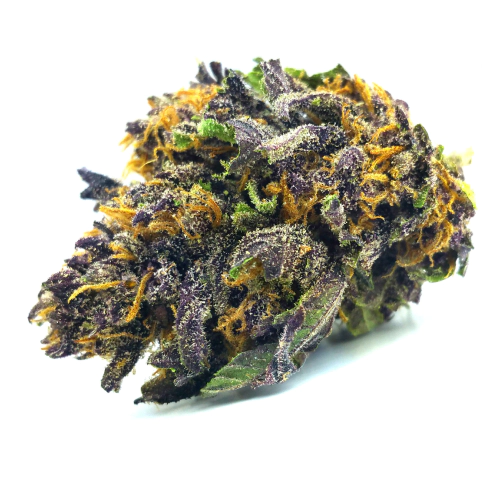
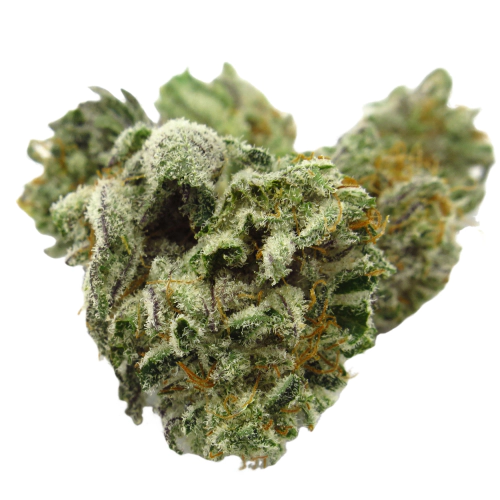



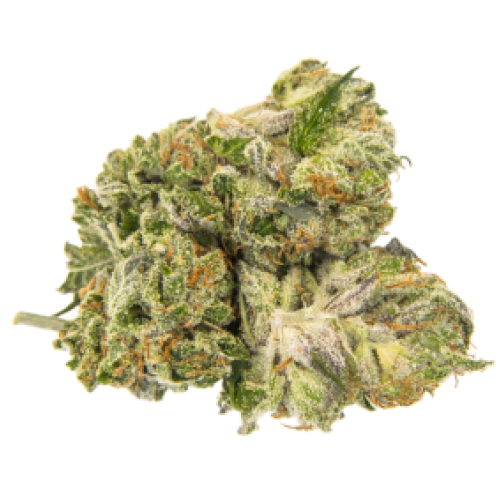
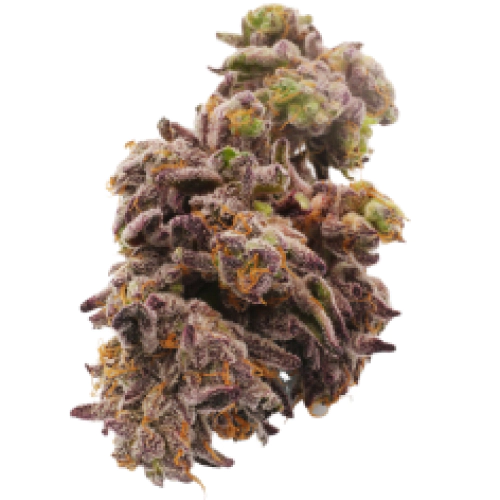





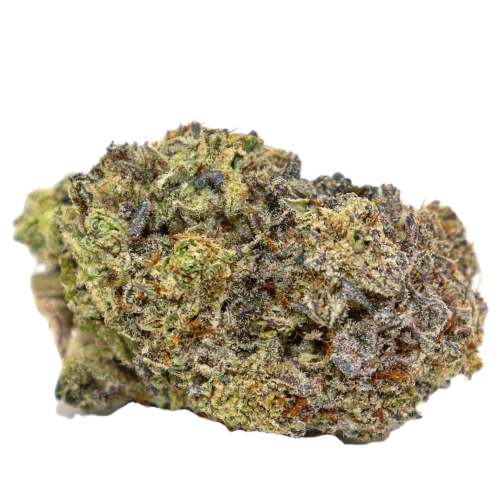

Be the first and share your opinion
Write a Review